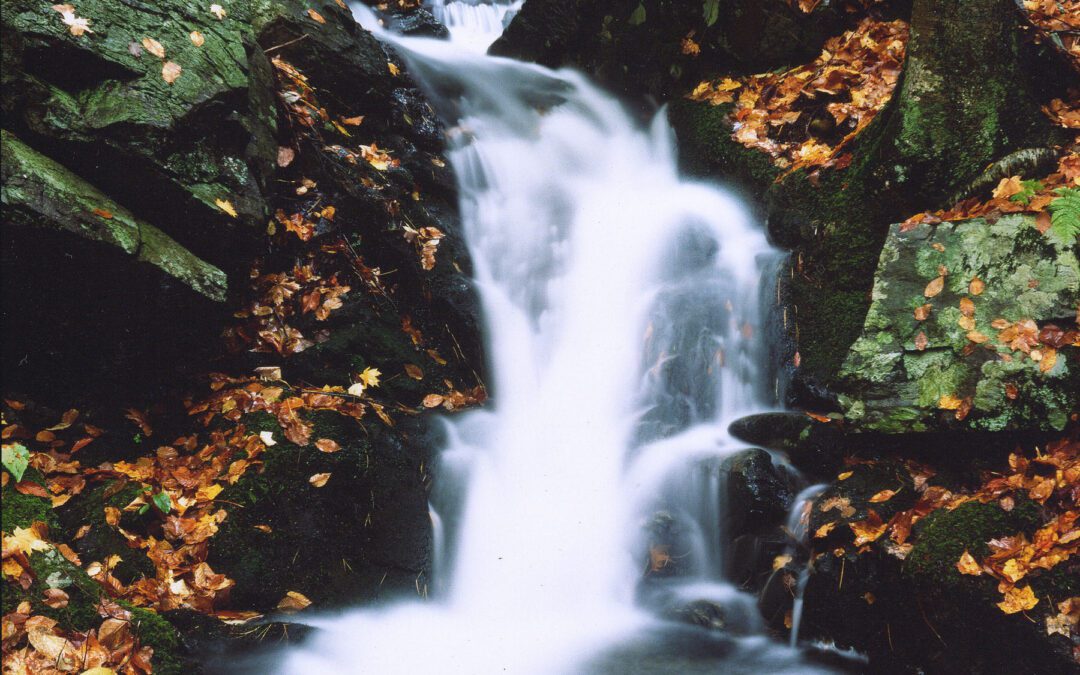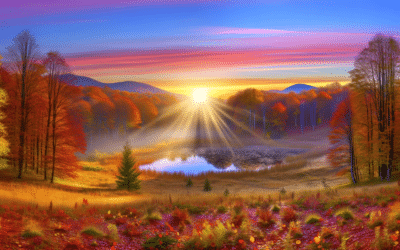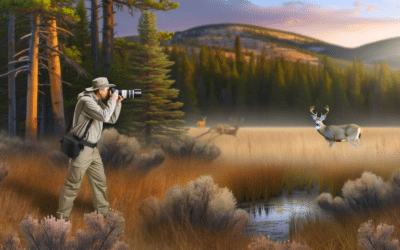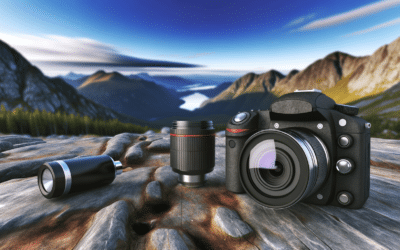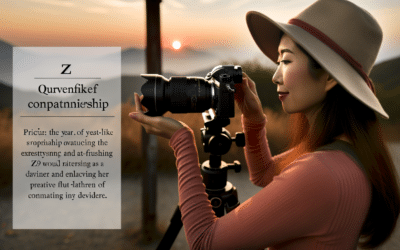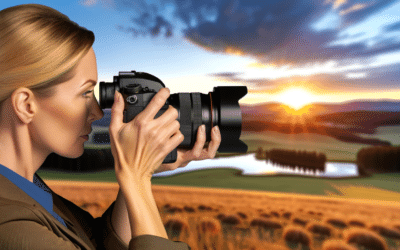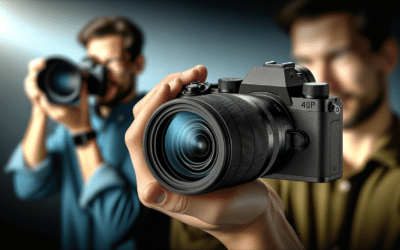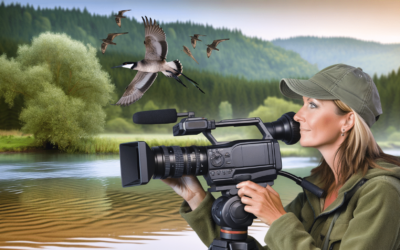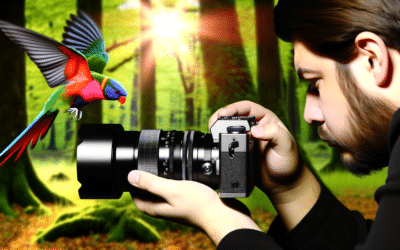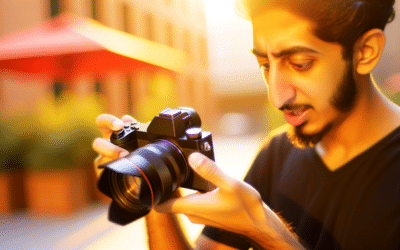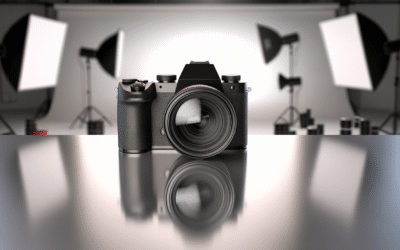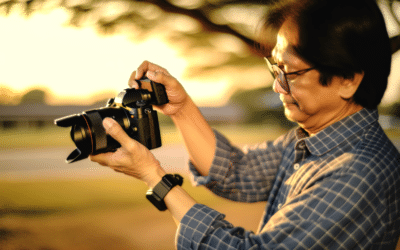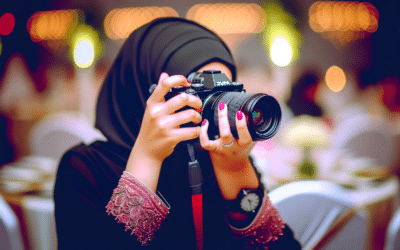Landscape photography can be a captivating and rewarding pursuit, and one technique that can add depth and interest to your images is the use of long exposures. By extending the exposure time beyond what is typical for the scene, you can capture movement and add a sense of drama and mood to your photos. In this article, we will explore how to use long exposures to enhance your landscape photography.
What is a Long Exposure?
A long exposure is an exposure that lasts longer than the typical duration for the scene. Typically, a long exposure lasts from a few seconds to several minutes. The exact duration depends on the light, the subject, and the desired effect.
Equipment for Long Exposures
To achieve a long exposure, you need a few pieces of equipment. First, you will need a camera that has manual controls, including manual focus and shutter speed. You will also need a tripod to keep the camera steady during the long exposure. A remote shutter release can also be helpful to avoid camera shake from pressing the camera’s shutter button.
Long Exposure Techniques
Here are some techniques for using long exposures to enhance your landscape photography:
Water Motion: By using a long exposure, you can capture the motion of water in a way that adds a sense of movement and flow to the scene. Try using a shutter speed of 1/2 second or longer to create a smooth, silky look to the water.
Cloud Movement: Long exposures can also capture the movement of clouds across the sky. Using a shutter speed of 30 seconds or more can create a dreamy, ethereal effect as the clouds blur across the frame.
Star Trails: To capture the movement of stars across the night sky, use a shutter speed of 30 seconds or longer. You will need a clear night sky, and it’s best to use a wide-angle lens to capture as much of the sky as possible.
Light Trails: Long exposures can also capture the movement of lights, such as cars or trains. Use a shutter speed of 10-30 seconds to create a trail of light across the frame.
Blurred Foreground: By using a long exposure and a wide aperture, you can create a blurred, out-of-focus foreground that adds depth and interest to the scene.
Conclusion
Long exposures are a powerful tool for enhancing landscape photography, allowing you to capture motion and add a sense of drama and mood to your images. With a little practice and the right equipment, you can use long exposures to create stunning and unique landscape photographs. Remember to use a tripod and remote shutter release to avoid camera shake, and experiment with different shutter speeds and techniques to find the effect that works best for your subject and style.
Fall Foliage Photography Tips
The allure of the fall season draws numerous photographers to the world's most picturesque spots. Capturing the autumnal...
Hunting with a camera: 12 tips to take your wildlife photography to the next level
Wildlife photography is a hobby that requires significant dedication due to its complexity. Those who wish to excel in this...
OM System OM-1 review
The OM System OM-1 is a high-end Micro Four Thirds mirrorless camera that marks a new era for the company formerly known as...
One Year With the Nikon Z9
After spending a year within the confines of a camera bag, it's appropriate to reflect on the inaugural year with a camera that...
FujiFILM X-H2 Review
The Fujifilm X-H2 is a professional-grade APS-C camera that boasts a high-resolution 40.2MP sensor, producing detailed images...
Fujifilm X-H2 in-depth review
The Fujifilm X-H2 is a 40MP APS-C mirrorless camera that excels in both still photography and video recording, offering 8K video...
6 Essential Tips for Shooting Video of Wildlife
Wildlife videography is increasingly popular, and there are key tips for beginners to create engaging stories. A compelling...
As Good as a $6,000 Camera? OM System OM1 Review Update
The OM System OM1 camera has received significant improvements through firmware updates, the latest being version 1.3, which...
Sony A7R V Review
Review of the Sony A7R V: Shooting Experience Originally previewed by Jeremy Gray on 10/26/2022, the Sony A7R V has since been...
Sony a7RV in-depth review
The Sony a7R V is a full-frame mirrorless camera that stands out for its high-resolution 60MP BSI CMOS sensor. It boasts...
Canon EOS R6 MK II Review
Less than three years ago, Canon launched its first two truly impressive full-frame mirrorless cameras – the 45MP Canon EOS R5...
Putting the New Canon R6 Mark II Through Its Paces
The Canon EOS R6 Mark II mirrorless camera stands out for its performance in low light and high-speed situations, as experienced...
